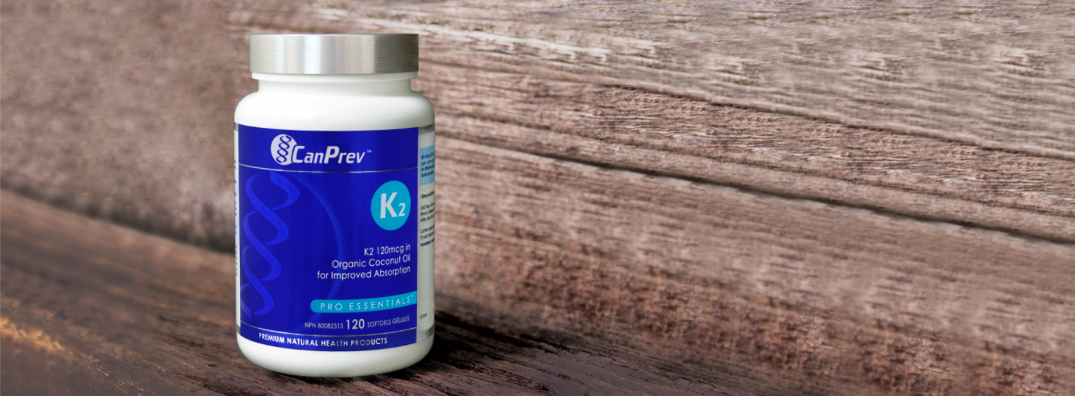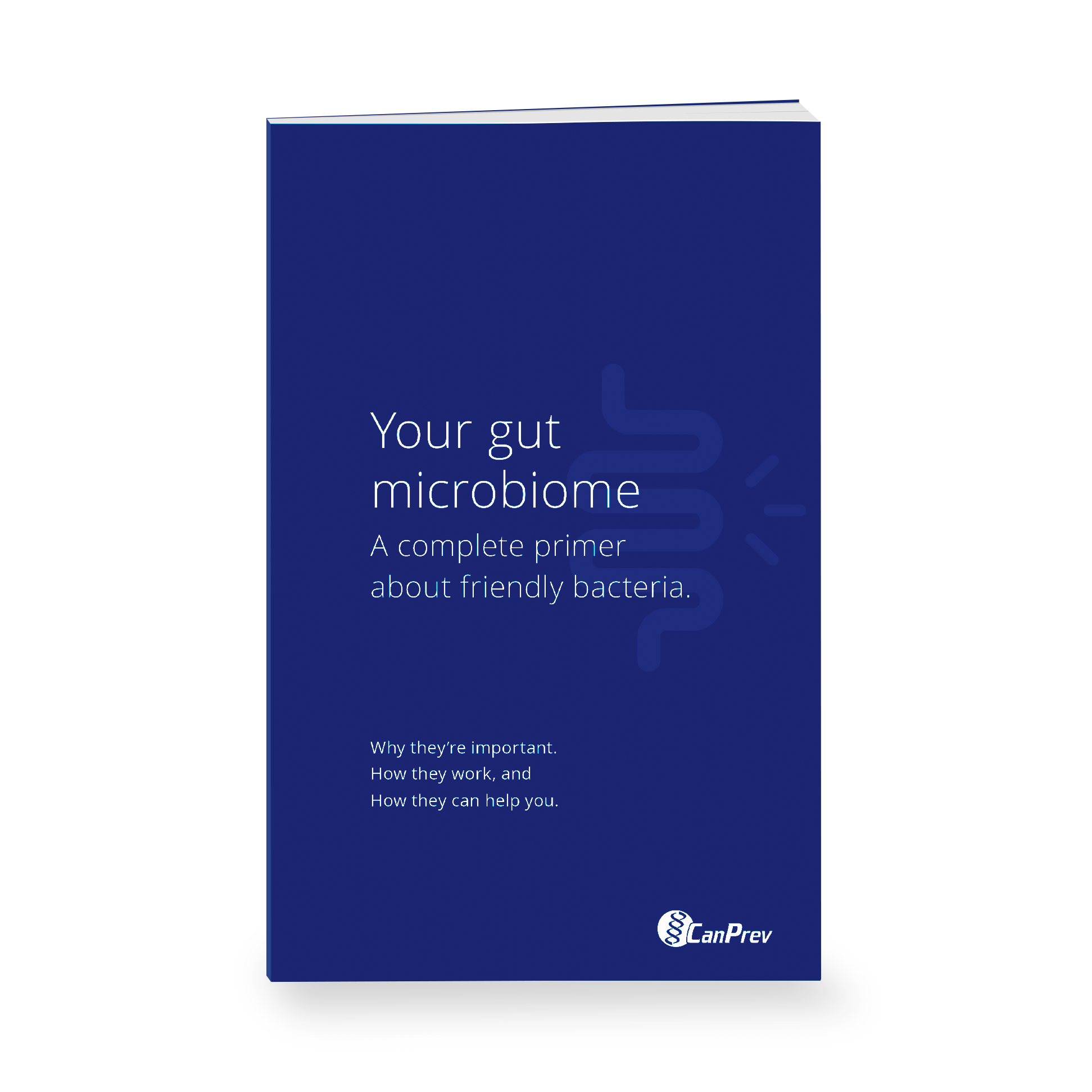Ever wonder why vitamins go from A, B, C, D and E straight to vitamin K?
Well, there is a good explanation. Vitamin K was first discovered as a blood clotting agent in chicken and was named “koagulation”, Danish for coagulation. Doesn’t sound too exciting, does it? Well, clotting is just the beginning of what this little-known and under-appreciated vitamin can do for humans.
The Vitamin K Family
 Vitamin K might not be as well known as vitamins C or D, but that doesn’t mean it’s any less important. In fact, it’s a very crucial,
Vitamin K might not be as well known as vitamins C or D, but that doesn’t mean it’s any less important. In fact, it’s a very crucial,
necessary and complex nutrient.
Most people may not be familiar with this nutrient beyond the routinely administered shot given to newborns to prevent vitamin K deficiency bleeding. As a result, this nutrient is usually associated with its blood clotting function. However, it’s also essential for building strong bones and keeping our cardiovascular system healthy.
Rather than being a single nutrient, vitamin K is actually a family of vitamins with similar structures. All K vitamins share the same naphthoquinone ring, with the differentiation occurring at the side chains. Vitamin K1 (phylloquinone) has a monounsaturated side chain, and vitamin K2s (menaquinone) have unsaturated isoprenoid side chains of varying lengths. These two forms of vitamin K are the most commonly discussed amongst the K family.
Vitamin K2 MK-4 and MK-7
The side chains of vitamin K2s vary from 4 to 14 isprenoid units. In the abbreviated form, these are known as Vitamin K2 MK-4, MK-5 and so on up to MK-14. The two most common menaquinones identified for human health are MK-4 and MK-7.
MK-4 and MK-7 have some functional differences. The lengths of the side chains help determine the lifespan in the body. MK-4 has a much shorter half-life in the body than MK-7, passing through the body in a matter of hours. Meanwhile, MK-7, with its much longer side chain, has a half-life of three days.
MK-7 with its longer half-life, is also capable of reaching more parts of the body than MK-4. While MK-4 is good at supporting the soft tissues in the body, MK-7 is able to reach and support the liver and bone.
Mounting clinical evidence over the past decades have shown promising links to other health benefits like adolescent growth, blood sugar support, pregnancy, kidney health and even aging skin.
To maintain good health, getting an adequate amount of both vitamin K1 and K2 is essential. However, these two types have very different roles in the body.







Leave A Comment